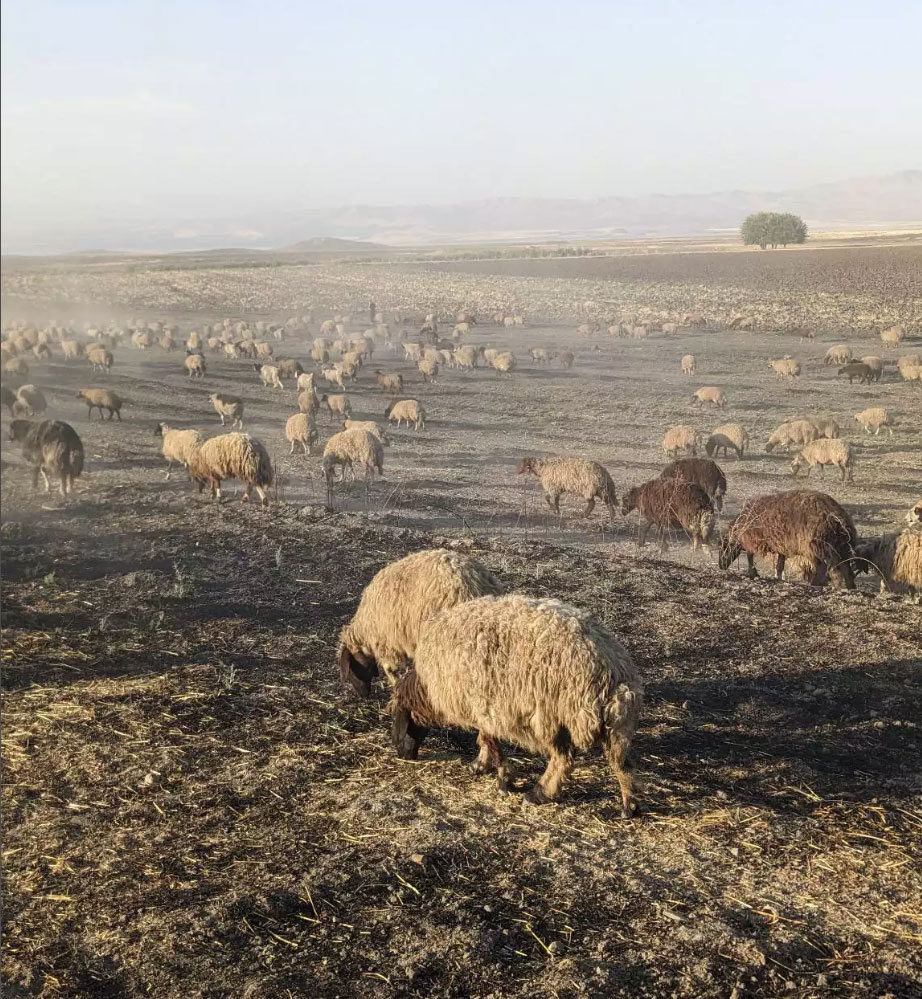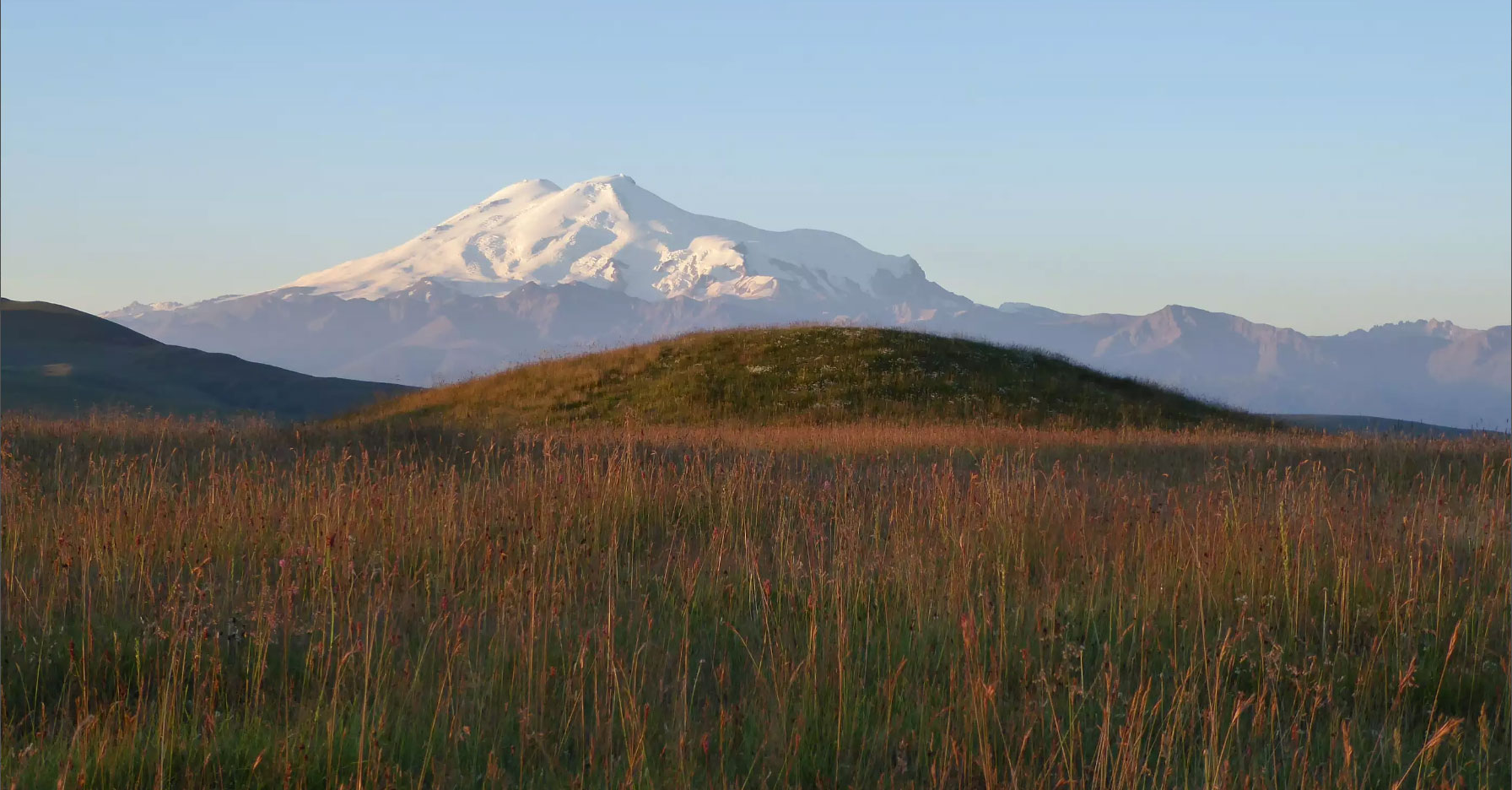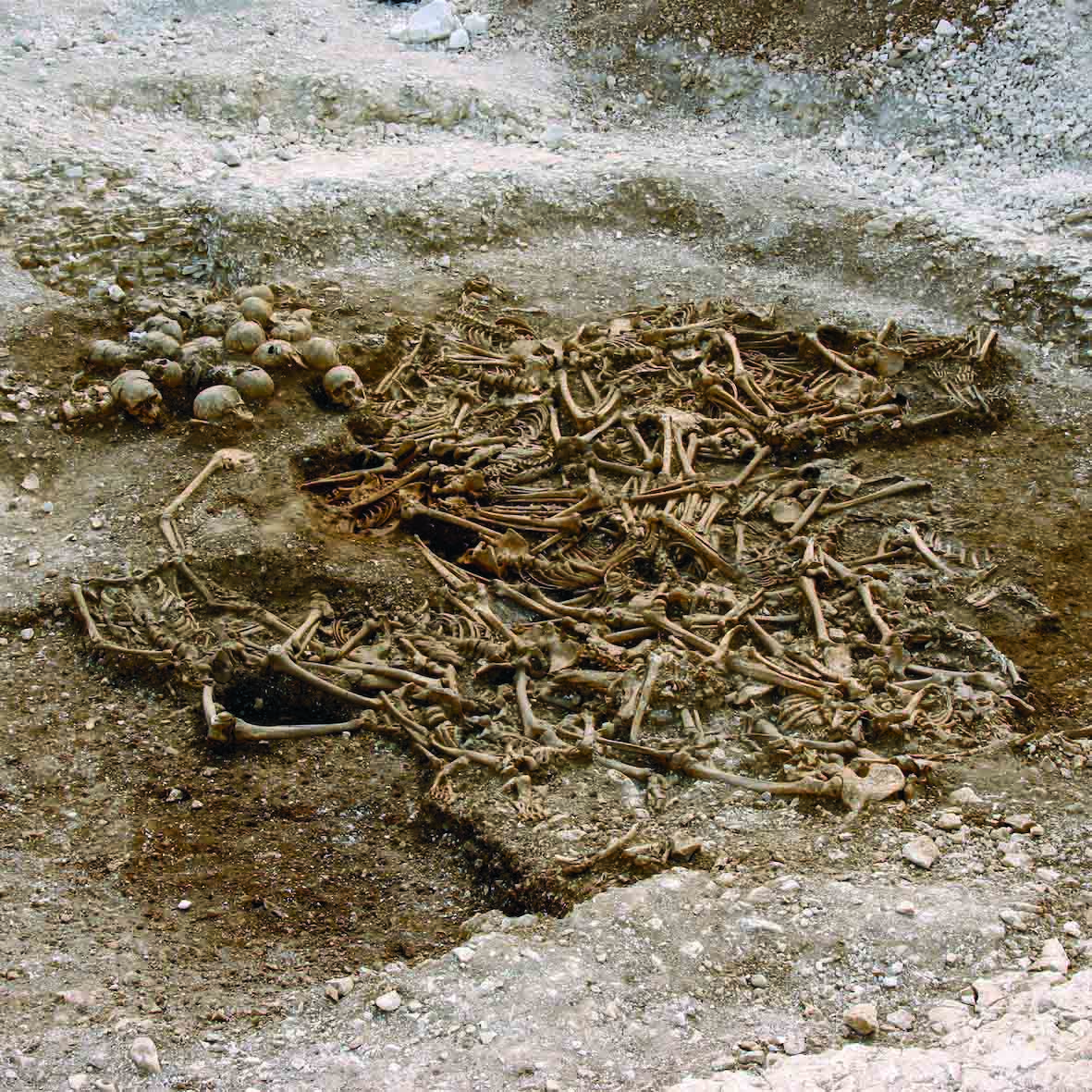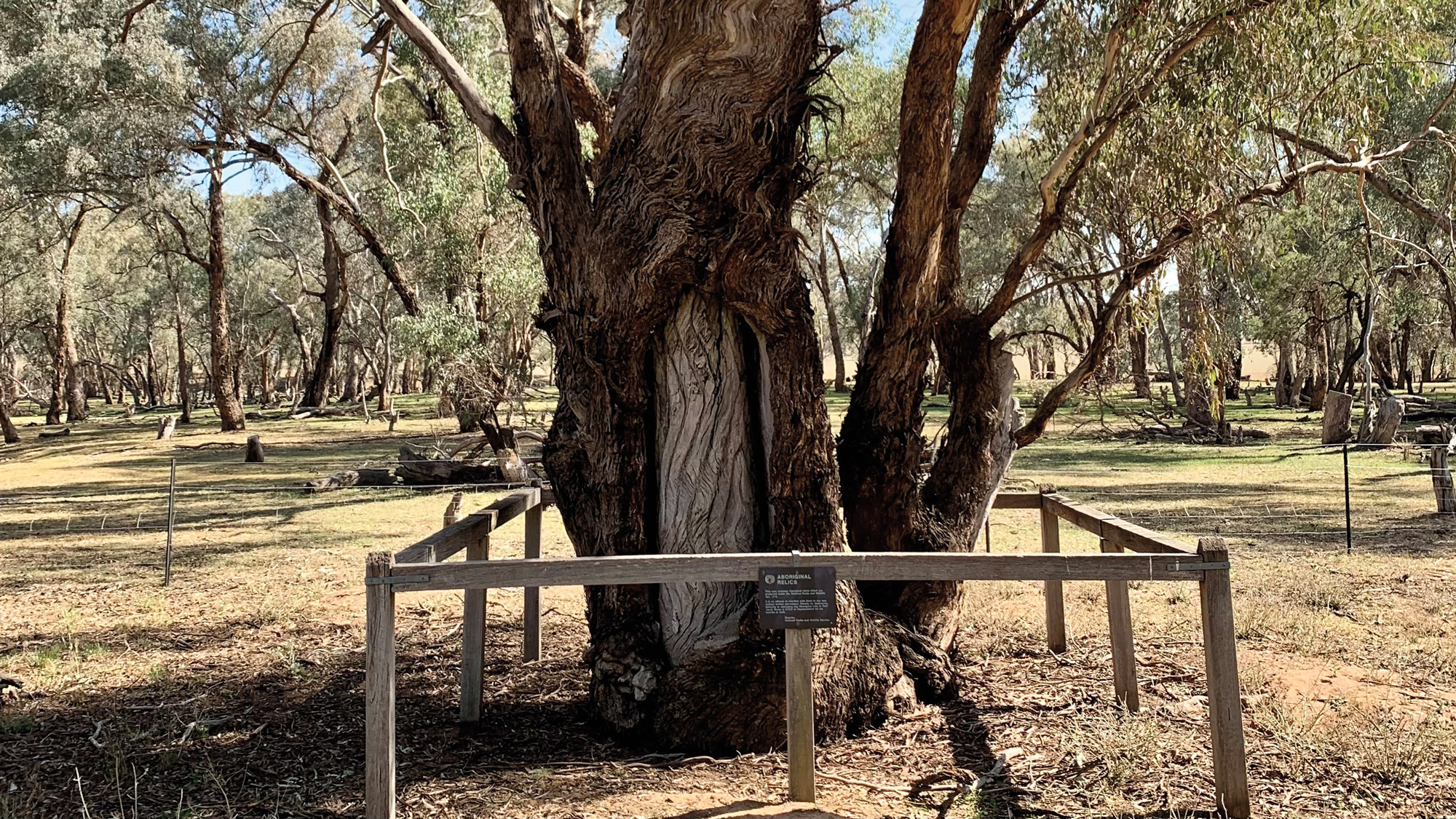
LEIPZIG, GERMANY—According to a Cosmos Magazine report, a DNA study of 131 sets of human remains from 38 sites across the Caucasus region spanning a period of 6,000 years detected genetic differences between populations living to the north and south of the Caucasus Mountains. Researchers led by Ayshin Ghalichi of the Max Planck Institute for Evolutionary Anthropology and Sabine Reinhold of the German Archaeological Institute determined that the DNA of people living to the north was linked to hunter-gatherers from the east. But to the south of the mountains, eastern hunter-gatherer DNA mixed with populations of East Anatolian farmers, whose DNA increased over time. The researchers suggest that the migrating farmers from Anatolia may have introduced farming techniques to the southern Caucasian population. This interaction may have also led to the development of animal husbandry and West Eurasian steppe cultures, they explained. But by the late Bronze Age, the steppe cultures declined as new populations moved into the region some 3,000 years ago. Read the original scholarly article about this research in Nature. To read about a genetic study of people from a pastoral community on the Eurasian steppe who were buried in a mound 3,800 years ago, go to "Ancient DNA Revolution: A Bronze Age Family Tree."











